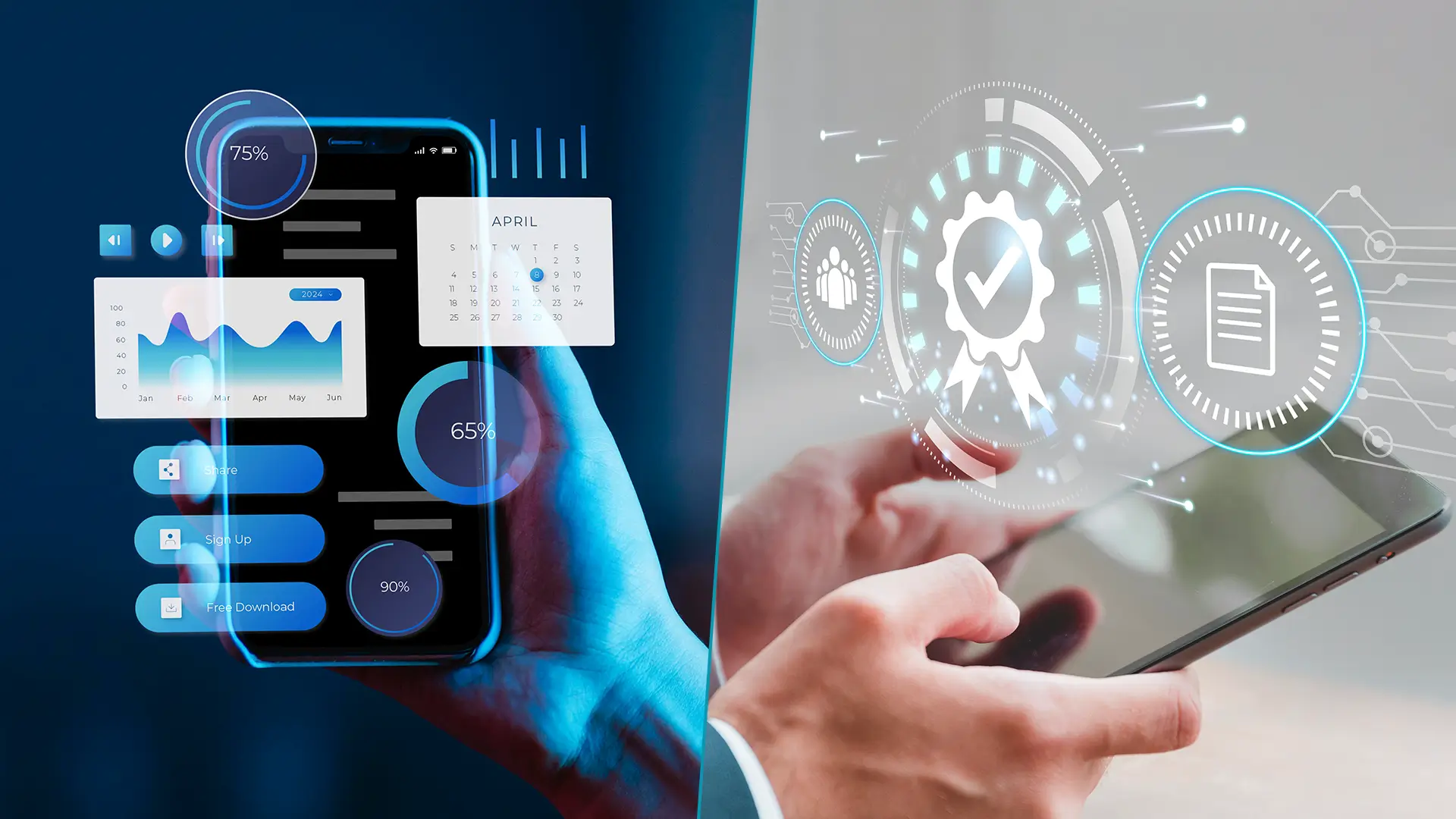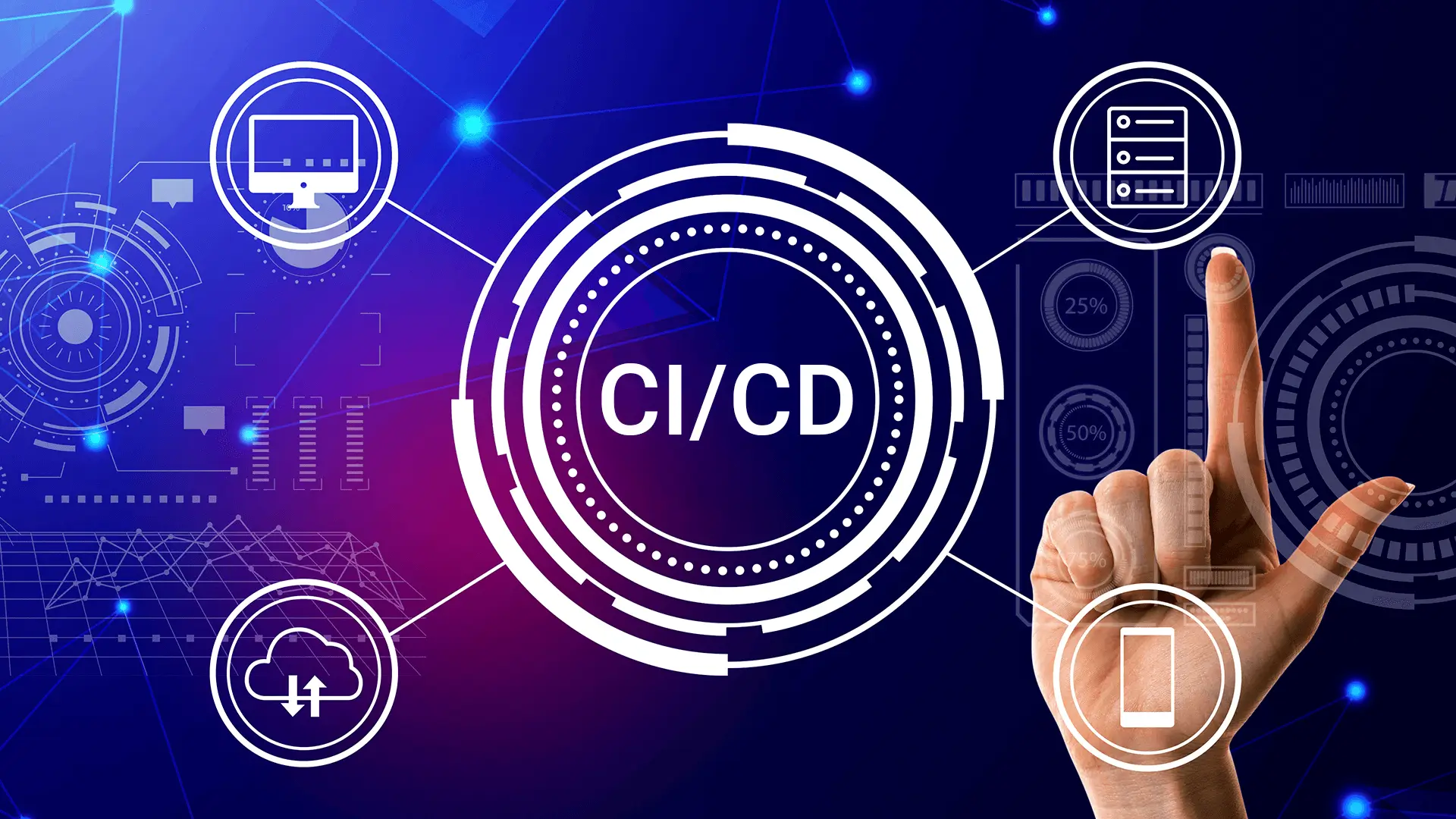App development companies prioritize delivering top-quality, seamless apps, which necessitates robust testing strategies. Effective testing identifies and addresses major bugs and glitches, prevents negative outcomes, and improves customer satisfaction. The growing need for positive app experiences has led to the adoption of AI-enabled testing tools. Gartner predicts that by 2027, 80% of enterprises will integrate AI-augmented tools for advanced, self-optimized automated testing. Integration and end-to-end testing are crucial components in this process.
This blog explores the importance of these testing types and compares integration testing to end-to-end testing.
What is Integration Testing?
Integration testing involves evaluating multiple software components collectively to confirm they function correctly and as expected when combined. The goal of integration testing is to identify and resolve issues stemming from the interaction between different modules, ensuring the system operates optimally as a whole. This is particularly crucial for larger software systems, where individual modules may work independently but fail to perform effectively when integrated with others.
Read: The Power of Visual Testing - Why It Is Critical for Enterprise Apps
Pros and cons of integration testing
The primary advantages and disadvantages of integration testing include the following -
Advantages
- Helps ensure that the modules work together properly and meet the expected standards.
- Helps improve the app's overall test coverage, as the integration tests are on a higher level than unit tests.
- Provides the groundwork for higher-level tests, including end-to-end testing.
- Reduces the risk of integration failures.
- Helps increase confidence in the system's overall functionality.
Read more: Android vs iOS App Performance Testing - How are These Different?
Disadvantages
- Time-consuming and requires significant effort to set up.
- Challenging to replicate complex environments.
- Insufficient for detecting the possible edge cases or interactions between components, especially if not tested explicitly.
Methods of Integration Testing
The optimal method for integration testing depends on factors such as project size, budget, team, and resources. The most popular methods include:
1. Bottom-Up Method:
In this method, testers primarily focus on integrating smaller modules, typically built first, into larger units. Higher-level modules are simulated and called drivers. Less complex modules are integrated into larger ones until the app is complete. The main advantage is the ability to identify issues with individual modules before integrating them with others.
Check out: Enhancing Software Quality - The Importance of System Testing and End-to-End Testing
2. Top-Down Method:
This method prioritizes larger and more complex modules, while lower-level modules are simulated. These simulated modules are called stubs.
3. Big Bang Method:
In this method, all modules are tested simultaneously once they are ready. While time-consuming and more challenging to detect errors compared to other methods, it can be suitable for smaller applications.
What is end-to-end testing?
End-to-end testing refers to the testing process that verifies whether your software operates optimally from the beginning to the end of the user flow. This replicates the desired user behavior and different usage scenarios to help ensure that the software works correctly as a whole. End-to-end testing involves testing the entire software from the user's perspective, which helps to ensure that the components are working together as per expectations. Typically, end-to-end testing is executed after the integration testing and is the final stage before the software is released in the market.
The primary objective of end-to-end testing is to verify and validate the app's functionality, usability, reliability, and security. This testing helps identify any defects that might arise during the user's interaction with the system. Furthermore, end-to-end testing helps identify integration issues that might occur between different systems and components.
Also check: Six Steps for The Best End-To-End Browser Testing
Pros and cons of end-to-end testing
The primary advantages and disadvantages of end-to-end testing include the following:
Advantages
- Helps ensure that the app meets the user's expectations and requirements
- Validates the app performance and reliability
- Helps detect bugs before users do
- As end-to-end tests are positioned above integration tests, E2E tests help increase the app's overall test coverage
Disadvantages
- Time consuming and expensive for execution
- Requires a holistic understanding of the app and its components
- Complex to identify the root cause of the issues that crop up during testing
Read: A Detailed Guide to Code Coverage and Test Coverage
Multiple approaches to end-to-end testing
1. Horizontal end-to-end testing
Horizontal E2E refers to replicating typical app use cases and evaluating them from start to finish, for instance, the registration process for a new user at an application.
2. Vertical end-to-end testing
Vertical E2E refers to a technical approach that intends to test the system components by following data through the API, UI, and database layers. The most prominent example includes the checkout process on retail applications.
Also read: How Financial Organizations Can Tap The Potential of Cloud
Difference between end-to-end testing and integration testing
While both integration and end-to-end testing sit higher in the agile testing pyramid, they serve different objectives and require varying levels of effort. Here's how they compare across key dimensions:
See: Selecting the Right Java Testing Framework to Ensure Superior Software Quality
Let us look at the differences between integration and E2E testing across different scenarios:
When to Perform Integration Testing or E2E Testing
Integration testing is conducted during the development phase of the SDLC, soon after components are integrated. This helps identify and resolve issues arising during the integration process. Integration testing is also performed after changes are made to the application to ensure seamless integration of new and existing components. E2E testing, on the other hand, is typically performed during the testing phase of the SDLC to validate the app's behavior in real-world scenarios and confirm that it meets functional and non-functional requirements. It is usually conducted after integration and system testing to ensure the app satisfies overall system requirements.
How Integration Testing and E2E Testing Complement Each Other
Integration testing and E2E testing are essential testing types that complement each other in various ways. E2E testing ensures the app meets overall system requirements, while integration testing verifies that the app components work together as expected. As integration testing identifies issues during the integration process, these can be resolved before conducting E2E testing to confirm that functional and non-functional requirements are met. This is further verified by integration testing, reinforcing the value of both testing types in the development process.
Also see: The Essence of Shift-Left Testing in Organizations Today
How HeadSpin enables organizations to streamline E2E and integrated tests?
HeadSpin's data science-driven testing Platform helps run integrated, automated, and continuous tests on applications across multiple real devices in real user conditions on real SIM-enabled devices.
HeadSpin's extensive integration capabilities help seamless integrations with CI/CD pipelines, load testing platforms, and several automation frameworks, and the data-driven capability of continuous monitoring allows to run end-to-end integrated tests and ensure optimal user experiences.
HeadSpin simplifies end-to-end testing by helping enterprises ensure superior quality of web, mobile, video, and audio experiences throughout the app lifecycle. Its capabilities for automatically surfacing critical performance issues and their root causes help ensure that the bugs are detected early on before the release, providing good user experiences.
Moreover, HeadSpin's testing capabilities expand across thousands of real devices across 50+ global locations, different network conditions, carriers, and OS to improve the efficiency of E2E testing.
Bottom line
To conclude, both integration testing and end-to-end testing are crucial approaches in software development, and each type serves a unique purpose. Selecting the right type of testing depends on the specific requirements and challenges of the project, which requires a thorough understanding of the complementary aspects and differences between the both. Following the best strategies, identifying the common advantages and choosing the right tools have helped make testing more efficient and ensure high-quality applications.
FAQs
Q1. What are a few metrics for end-to-end testing?
Ans: Following are mentioned a few metrics leveraged for E2E testing —
- Test case preparation status
- Weekly test progress
- Defects status and details
- Environment availability
Q2. What does an E2E testing design framework consist of?
Ans: The E2E testing design framework comprises the following three parts —
- Build user functions
- Build conditions
- Build test cases
Q3. What is 'Sandwich Testing'?
Ans: Sandwich testing refers to the strategy where the top modules are tested with lower-level modules simultaneously and tested as a system. It uses both stubs and drivers and is also known as Hybrid Integration Testing.



























.png)



















-1280X720-Final-2.jpg)






